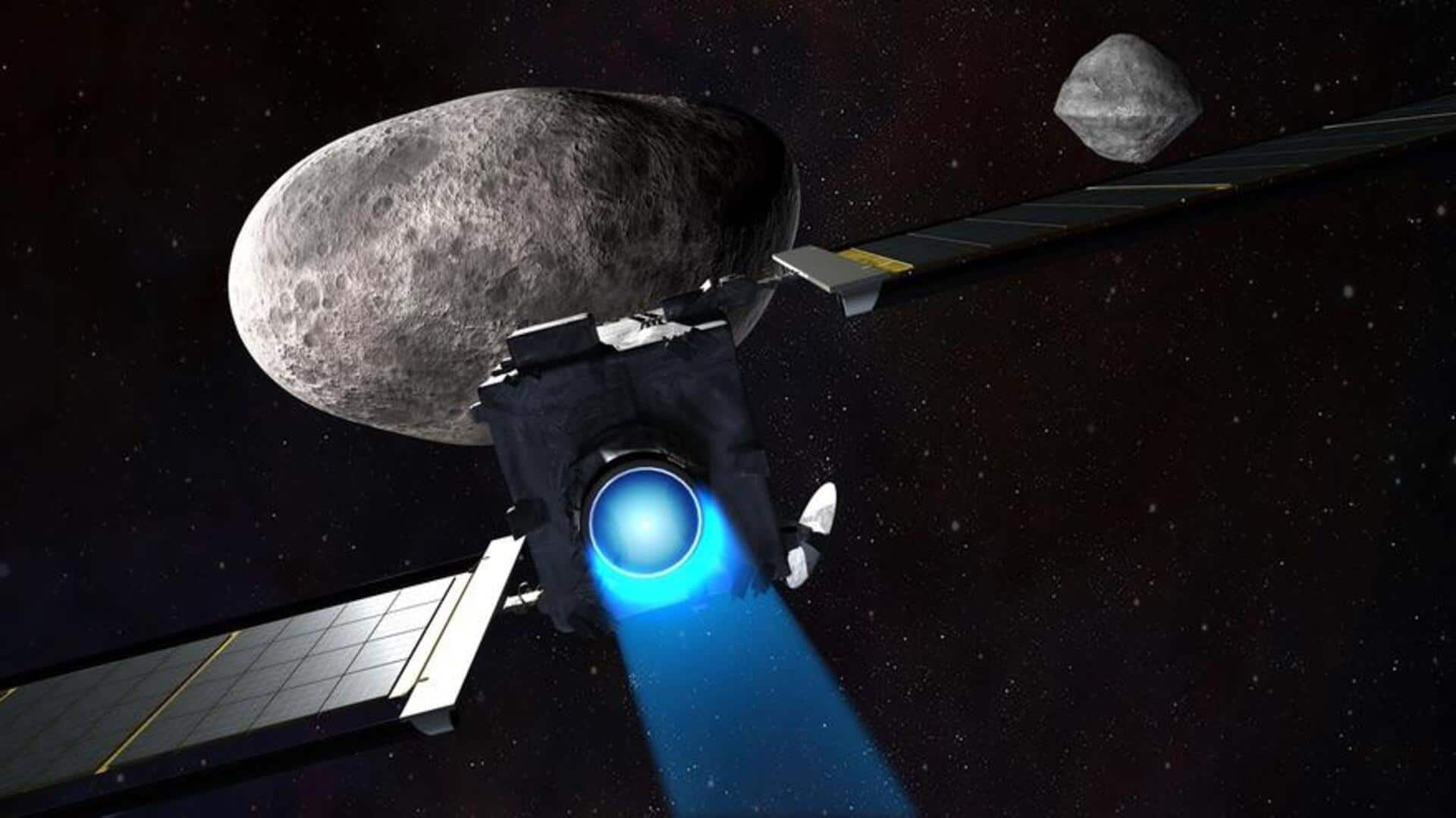
Why deflecting asteroids may become more difficult in the future
What's the story
NASA's Double Asteroid Redirection Test (DART) mission has revealed a new challenge for future asteroid deflection efforts. The spacecraft's impact on the moonlet Dimorphos in September 2022 not only altered its orbit but also sent a massive cloud of boulders flying. These rocks carried more than three times the momentum of the spacecraft itself, according to a study led by astronomers from the University of Maryland.
Complications
Deflection could be complicated by these forces
The study, published in the Planetary Science Journal, highlights that while kinetic impactors like DART can change an asteroid's path, the forces from ejected boulders can complicate future deflection efforts. "Our research shows that while the direct impact of the DART spacecraft caused this change, the boulders ejected gave an additional kick that was almost as big," said Tony Farnham, lead author of the study and a research scientist at UMD's Department of Astronomy.
Tracking boulders
Tracking the ejected boulders
Using images from LICIACube, a tiny Italian spacecraft that witnessed DART's aftermath, the astronomers tracked 104 boulders ranging from 0.2 to 3.6 meters in radius as they sped away from Dimorphos at speeds of up to 52m/s. The team determined their three-dimensional locations and velocities from these images. "We saw that the boulders weren't scattered randomly in space," Farnham said, adding that they were clustered in two distinct groups with an absence of material elsewhere.
Origin
What the researchers believe
The largest debris cluster, which contained around 70% of the measured objects, was ejected toward the south at high velocities and shallow angles to the surface. The team believes that such ejected boulders likely came from specific sources, perhaps larger rocks on the Dimorphos that were shattered by DART's solar panels just before impact. "DART's solar panels likely hit two big boulders, called Atabaque and Bodhran," said Jessica Sunshine, a professor of astronomy and geology at UMD.
Reason
Why the study is necessary?
The momentum from the boulders ejected during the DART impact was mostly perpendicular to the spacecraft's trajectory. This means it could have tilted orbital plane of Dimorphos by up to one degree and possibly sent the asteroid tumbling erratically in space. The study emphasizes these factors must be accounted for when planning future asteroid deflection missions, especially if an asteroid is hurtling toward Earth.